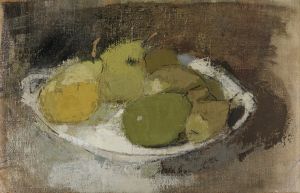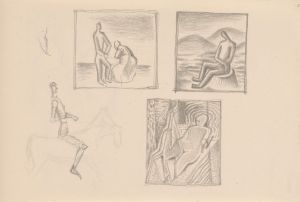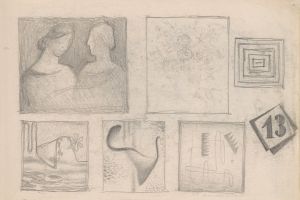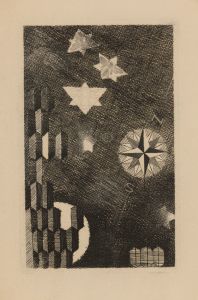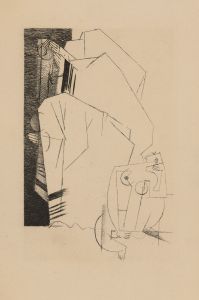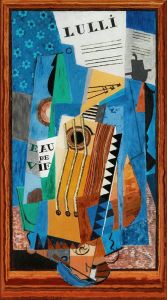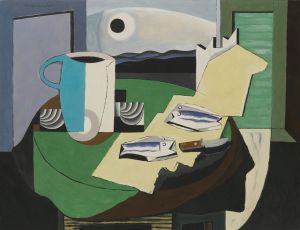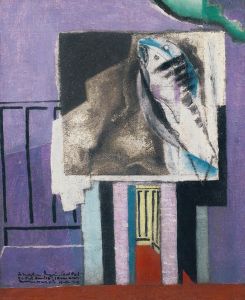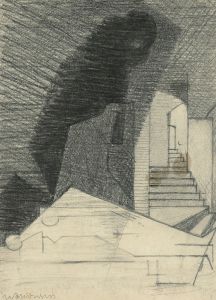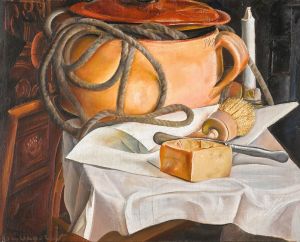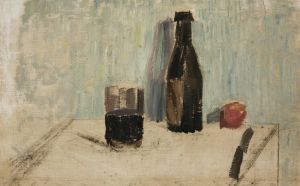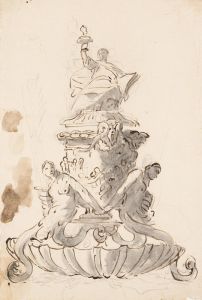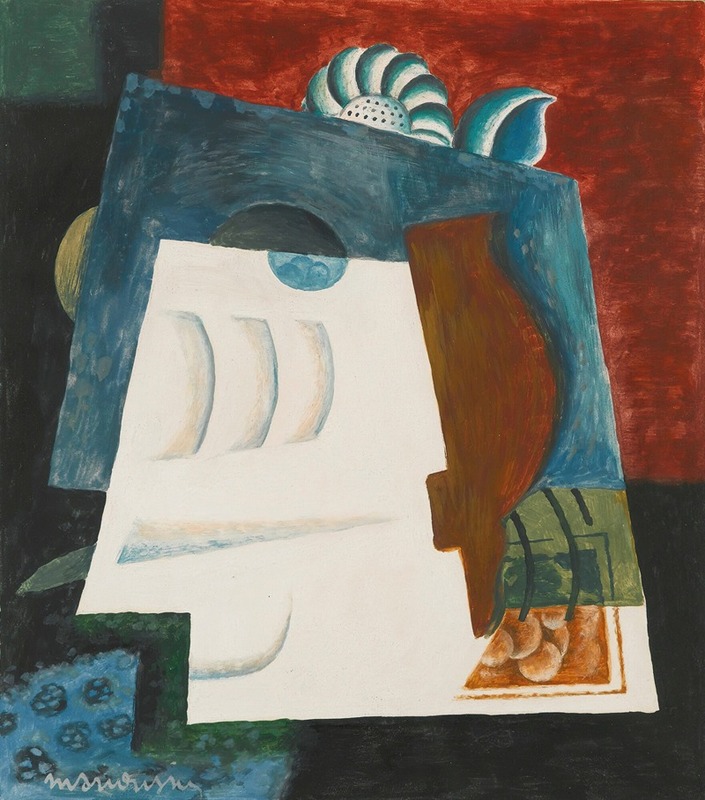
Nature Morte Avec Enveloppe
A hand-painted replica of Louis Marcoussis’s masterpiece Nature Morte Avec Enveloppe, meticulously crafted by professional artists to capture the true essence of the original. Each piece is created with museum-quality canvas and rare mineral pigments, carefully painted by experienced artists with delicate brushstrokes and rich, layered colors to perfectly recreate the texture of the original artwork. Unlike machine-printed reproductions, this hand-painted version brings the painting to life, infused with the artist’s emotions and skill in every stroke. Whether for personal collection or home decoration, it instantly elevates the artistic atmosphere of any space.
Louis Marcoussis, born Ludwik Kazimierz Władysław Markus in 1878, was a Polish-French painter and engraver associated with the Cubist movement. He was known for his still lifes, portraits, and landscapes, often characterized by their geometric abstraction and subtle color palettes. One of his notable works is "Nature Morte Avec Enveloppe" (Still Life with Envelope), which exemplifies his mature style and his contribution to the Cubist movement.
"Nature Morte Avec Enveloppe" is a still life painting that reflects Marcoussis's interest in everyday objects and their transformation into complex compositions through Cubism. The painting features a collection of items, including an envelope, arranged in a way that challenges traditional perspectives. Marcoussis employs a muted color scheme, typical of his work, which adds a sense of harmony and balance to the composition. The use of geometric shapes and fragmented forms is indicative of the Cubist style, which sought to depict subjects from multiple viewpoints and break down objects into their essential shapes.
Marcoussis's approach to Cubism was influenced by his interactions with other prominent artists of the time, including Pablo Picasso and Georges Braque. He moved to Paris in the early 20th century, where he became part of the vibrant artistic community in Montparnasse. His work was exhibited alongside other Cubists, and he gained recognition for his ability to blend the analytical aspects of Cubism with a lyrical sensibility.
In "Nature Morte Avec Enveloppe," Marcoussis demonstrates his skill in balancing abstraction with recognizable forms. The envelope, a central element of the painting, serves as a focal point around which other objects are arranged. This choice of subject matter reflects the Cubist interest in everyday objects and their potential for artistic exploration. The painting invites viewers to engage with the composition actively, piecing together the fragmented forms to understand the whole.
Marcoussis's work, including "Nature Morte Avec Enveloppe," contributed to the broader Cubist movement by expanding its thematic and stylistic boundaries. His paintings often incorporated elements of collage, a technique that involved assembling different materials onto the canvas, further blurring the lines between painting and sculpture. This approach added a tactile quality to his work, inviting viewers to consider the materiality of the objects depicted.
Throughout his career, Marcoussis continued to explore the possibilities of Cubism, experimenting with different techniques and materials. His work was well-received in both Europe and the United States, and he participated in several important exhibitions, including the Salon des Indépendants and the Salon d'Automne in Paris. Marcoussis's contributions to the art world were recognized by his peers, and his work remains an important part of the Cubist legacy.
"Nature Morte Avec Enveloppe" exemplifies Marcoussis's ability to transform ordinary objects into complex, thought-provoking compositions. Through his use of geometric abstraction and subtle color, he invites viewers to see the world from a new perspective, challenging traditional notions of representation and perception. As a key figure in the Cubist movement, Marcoussis's work continues to be studied and appreciated for its innovative approach and enduring impact on modern art.





